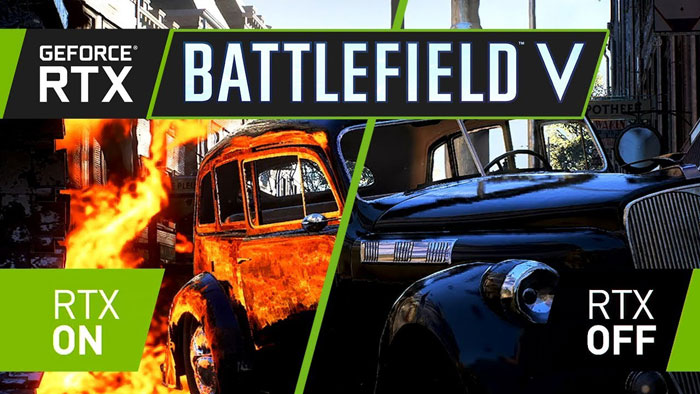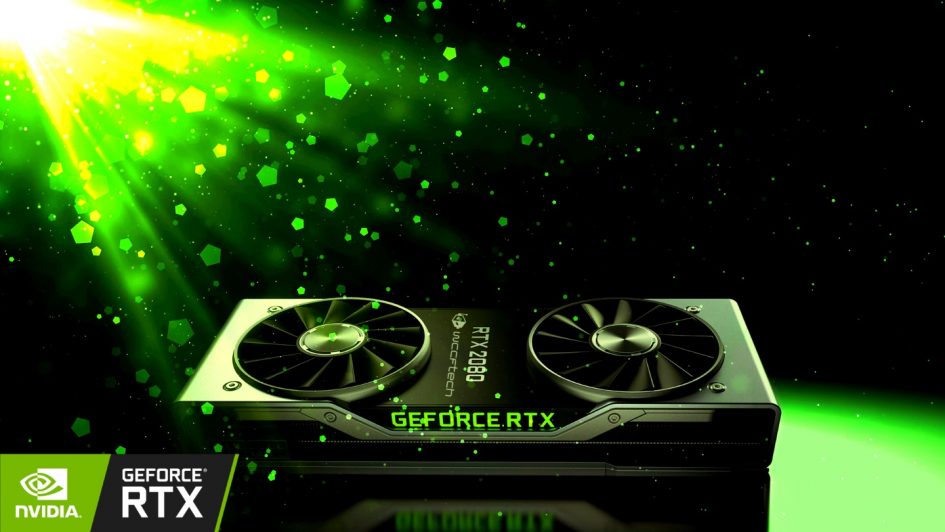Nvidia’s new top of the line designs cards are the GeForce RTX 2070, RTX 2080 and RTX 2080 Ti, the organization reported today amid a pre-Gamescom 2018 livestream from Cologne, Germany.

These new 20-arrangement cards will succeed Nvidia’s present awesome GPUs, the GeForce GTX 1070, GTX 1080 and GTX 1080 Ti. While the organization more often than not holds up to dispatch the more great Ti rendition of a GPU, this time around, it’s discharging the RTX 2080 and RTX 2080 Ti immediately.
They won’t come modest. The Nvidia-made Founders Edition variants will cost $599 for the RTX 2070, $799 for the RTX 2080 and $1,199 for the RTX 2080 Ti. The last two cards are relied upon to deliver “close by” Sept. 20, while there is no assessed discharge date for the RTX 2070. Pre-orders are at present accessible for the RTX 2080 and 2080 Ti.
Nvidia CEO Jensen Huang reported distinctive “beginning at” costs amid the keynote introduction. Huang’s introduction said the RTX 2070 will begin at $499, the RTX 2080 at $699 and the RTX 2080 Ti at $999. Requested illumination, a Nvidia delegate revealed to Polygon that these sums reflect retail costs for outsider producers’ cards.
The RTX 2070, 2080 and 2080 Ti will be the main customer level designs cards in light of Nvidia’s cutting edge Turing engineering, which the organization reported not long ago at the SIGGRAPH processing gathering. Around then, Nvidia additionally uncovered its first Turing-based items: three GPUs in the organization’s Quadro line, which is designed for proficient applications.

Nvidia’s most recent tech will empower ‘true to life quality’ designs
Each of the three of the new RTX cards will include worked in help for constant beam following, a rendering and lighting method for photorealistic designs that gaming organizations are beginning to present this year. Nvidia declared a constant beam following innovation that it alludes to as Nvidia RTX — subsequently the new naming plan for the organization’s up and coming GPUs — amid the 2018 Game Developers Conference in March. Beam following is the standard for applications, for example, visual impacts in the film business, however it is to a great degree computationally serious, which has implied that — in any event as of not long ago — it has been unrealistic for gaming. Notwithstanding ongoing beam following, Nvidia’s RTX stage joins two existing advancements, programmable shaders and man-made consciousness.

 sending...
sending...
Leave a Reply
You must be logged in to post a comment.